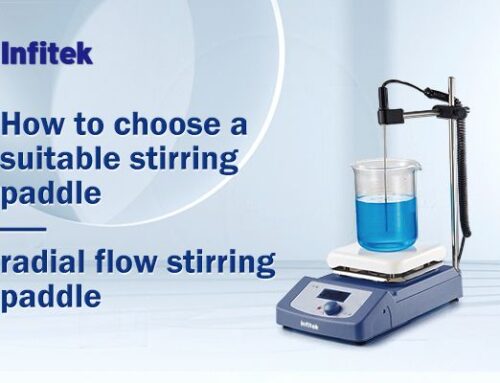The ability to cool and store items at particular temperatures is an important need for most laboratories. The problem is that there is no ‘one size fits all’ when it comes to laboratory refrigeration, the only common denominator is that any lab fridge or freezer has to be:
Robust
Secure
Fit for purpose
Capable of maintaining a stable temperature
Safe
Sounds easy doesn’t it? But maybe these criteria need further explanation, because unlike your refrigerator or freezer at home, the one you get for your lab must be a professional!
Robust
Laboratory fridges and freezers have to be able to withstand a lot of use – think how much your fridge at home has to take then multiply it for a fridge or freezer in a professional context.
Secure
Is it ok that anyone entering your lab can have access to the fridge or freezer? Probably not, and in some instances of biological temperature controlled storage, forbidden. All Blood Bank Refrigerators are required to have a lock, for example, and this is likely to be a keypad lock to prevent access with generic keys. Isn’t it sensible to extend this barrier to unwanted and unnecessary entry to everything else?
Fit for purpose
This means that the fridge or freezer can achieve and hold the temperature you want and raises no safety concerns while dong so. For example, if you are storing volatile substances you need to have a fridge or freezer with no internal chance of a spark, unless, of course, you don’t mind the odd explosion. Likewise, there’s no point is getting a -23°C freezer and thinking it could do -40°C if you turned it down a bit, it won’t. Regardless of type, it is also helpful to have fridges and freezers with access ports for remote monitoring. Most good laboratory fridges have these fitted as standard or they can be factory fitted as an optional extra.
Capable of maintaining a stable temperature
The whole point of putting something in the fridge is because you need it to be kept at that temperature. This is why most laboratory fridges are tested by the manufacturer to ensure they will perform within tight temperature parameters and those that aren’t required to be sparkfree feature internal fans for speedy temperature recovery after door openings or when room temperature items are put in the fridge. It is also why domestic refrigerators and freezers should not be used in a laboratory. Most of the additional cost in a professional scientific refrigerator is because they are designed to have very little temperature variation across the cabinet and when defrosting.
Safe
Haven’t we covered this? Well sort of, but not completely. Most fridges and freezers designed for laboratory use are equipped with digital temperature displays so you can have a quick visual check that it is running at the correct temperature. In addition, the controller is also fitted with alarms that warn you of high and low air temperatures and if the door is left open. Some even alarm if there is a mains failure . Good controllers also store the last highest and lowest temperature so you can check that the fridge or freezer is running within the defined temperature parameters. Finally, there’s no point of having a temperature display and alarm parameters if you’re not certain that the controller is displaying the true temperature of the inside of the chamber.




Get Social